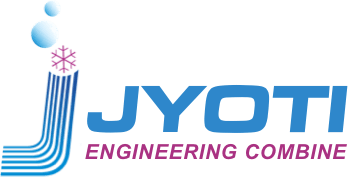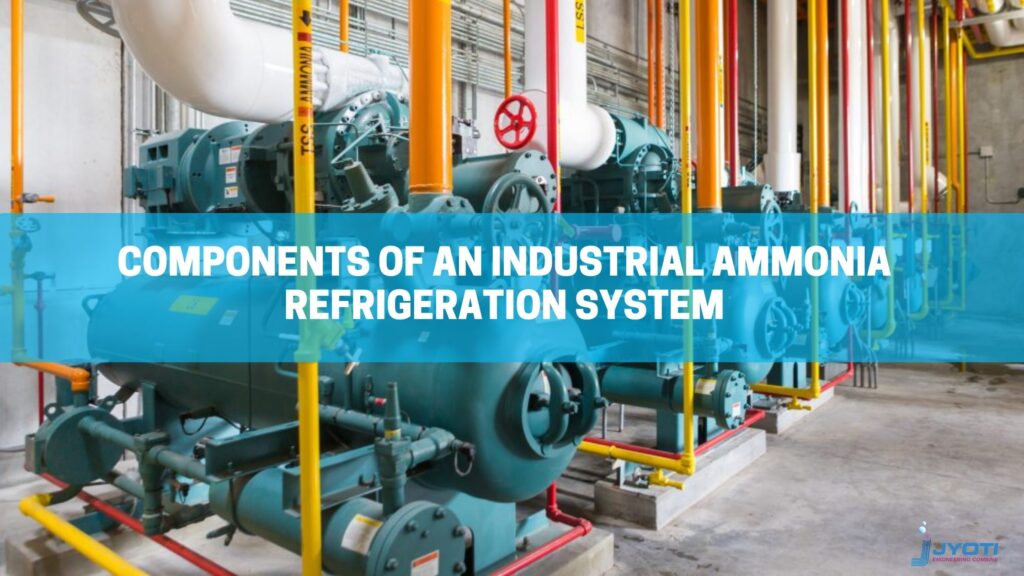Industrial ammonia refrigeration systems are vital in the food and beverage industry’s industrial applications and operations. They maintain appropriate temperature conditions for the facility’s goods and/or operations by removing heat rather than producing cold, as is often assumed.
Companies must stay up to speed on current best practices and parts as industrial ammonia refrigeration techniques and technology change to ensure their systems remain the most effective and efficient for their requirements. This write-up focuses on the major components found in industrial ammonia refrigeration systems like ammonia compressor for which leading players in the industry are Sabroe compressor and Grasso compressors. This articles emphasises on how the refrigeration stem functions and the many varieties available to assist readers in determining which one is ideal for their operation. Industrial ammonia refrigeration systems are classified as single stage or two stage, with various methods of feeding the liquid to the evaporators (flooded, direct expansion, subcooled direct expansion, CPR feed and pumped liquid recirculated).
The primary mover of refrigerant is the compressor
A compressor gathers and maintains suction pressure by collecting ammonia vapors produced by the evaporator. It can raise the pressure and temperature of ammonia by compressing its vapor volume. The ammonia suction vapor produced in the evaporator is then transferred to the condenser. The ammonia compressor is a component of refrigeration that separates high side discharge vapor from low side suction vapor. Due to the running expense of the compressor, your refrigeration system will use more energy than any other system in your building; as a result, variable frequency drives (VFDs) are installed for varied load circumstances. A reciprocating or screw compressor will be the optimum solution depending on the system capacity, operating temperatures, and load profile.
Heat Is Rejected by Condensers
The mechanism that manages the refrigerant after it exits the ammonia compressor is known as the condenser. It rejects the heat that the evaporator and compressor absorb in the ammonia refrigerant. An evaporative condenser converts high-pressure ammonia vapor to high-pressure liquid by transferring heat energy. An evaporative condenser that evaporates using both outside air and water spray. Variable frequency drives (VFDs) are added to the evaporative condenser to reduce system running costs.
Heat is absorbed by evaporators
The liquid ammonia refrigerant enters the evaporator as the final stage in the refrigeration cycle. The evaporator removes heat from the target locations. The liquid ammonia refrigerant vaporizes as a result of the heat it absorbs and returns to the compressor as low side suction vapor. There are several industrial ammonia evaporator alternatives. These are some examples:
- Forced air pull via evaporators
- Plate and frame or shell and tube evaporator
- Evaporators with process air handlers
- Jacketed process tanks and silos evaporators
Do you want to find out more about industrial refrigeration systems? Inquire with JEC’s professionals! For almost three decades, we have delivered turnkey ammonia refrigeration system solutions to the food and beverage industries. Our experts will be pleased to answer any questions or address any concerns you have concerning industrial ammonia refrigeration systems. To reach out to us dial +91 98210 20375 or +91 22 675 86605/06/07. Alternatively, you can email [email protected] or [email protected] or fill out the form on the website.


